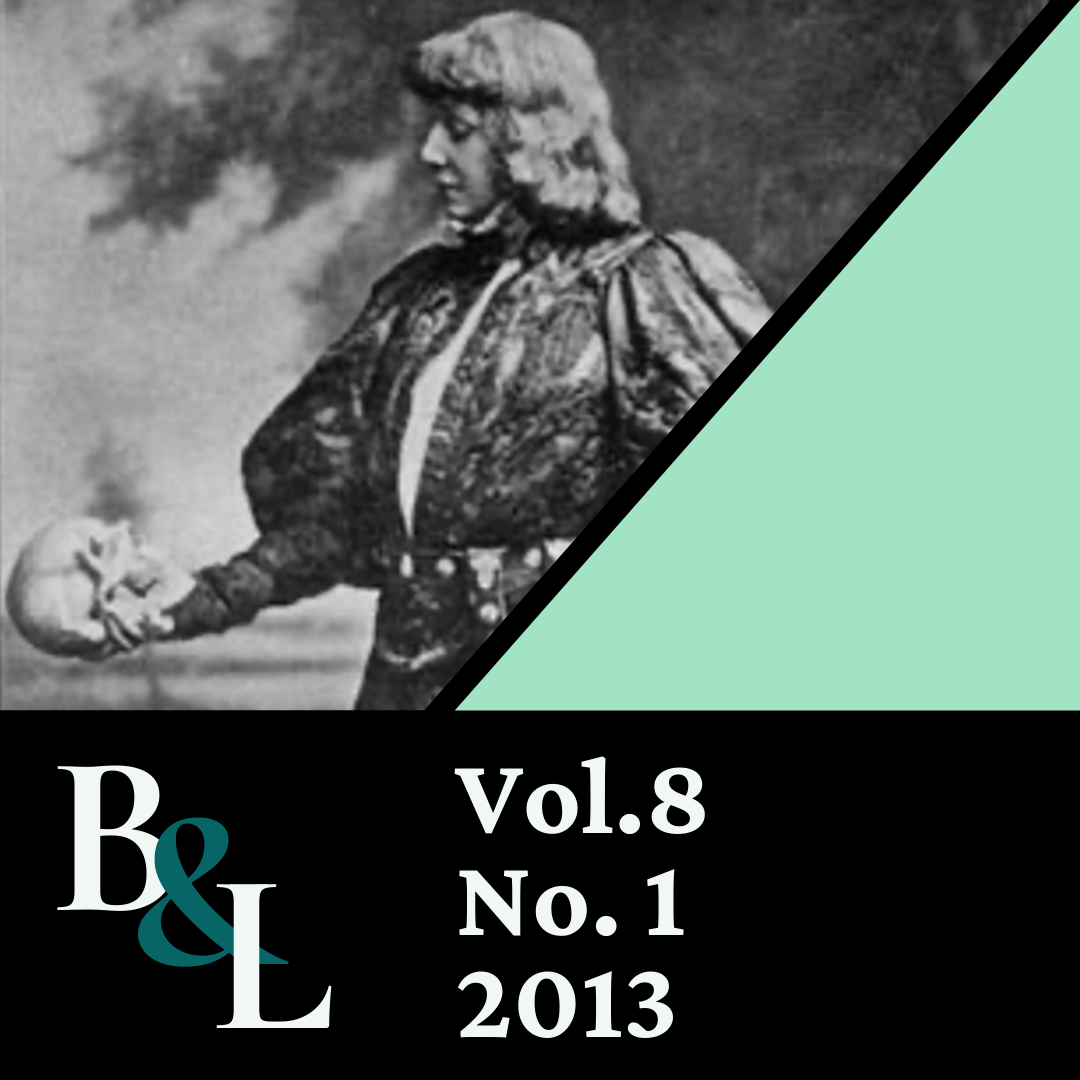Sarah Bernhardt's Ophelia
Keywords:
Hamlet, Ophelia, Art, Sculpture, PaintingAbstract
This essay argues that both Sarah Bernhardt's 1880 sculpture of the drowned Ophelia and her later, on-stage appearance in 1886 as the dead Ophelia contributed significantly to the nineteenth-century obsession with death and sexuality. The cult of Ophelia was central to this obsession, and in both her sculpture and stage appearance, Bernhardt added subversive aspects that hinted at the nature of the female subject and the afterlife of Ophelia that would continue to play a significant role in visual culture in the twentieth and twenty-first centuries.


